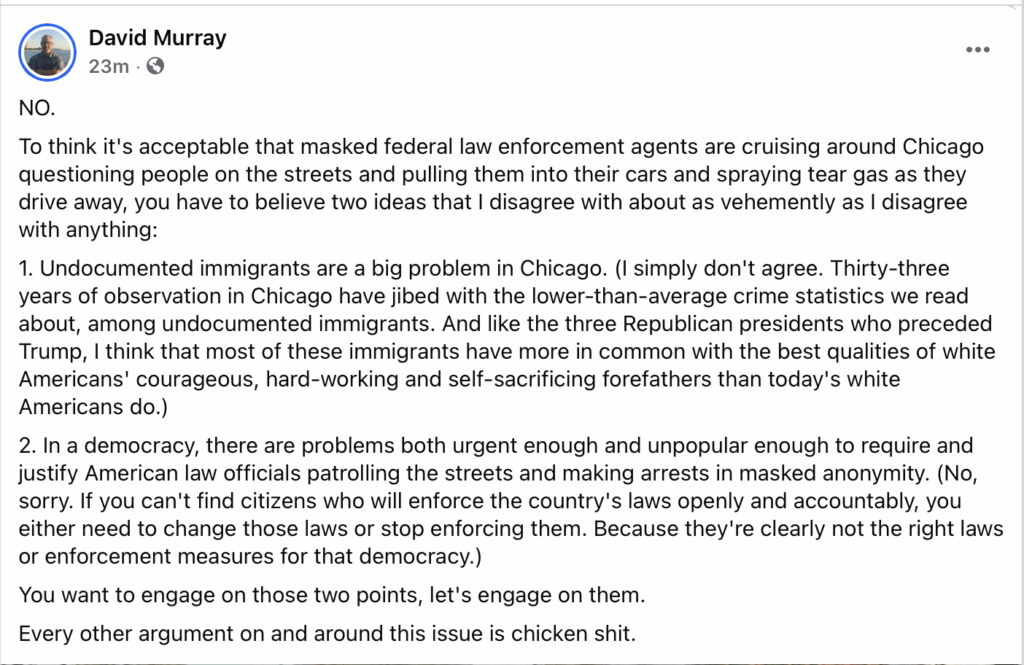A dear pal named Eddie Reardon died in 2007 and I wrote a piece, “Chicago, Without Eddie.” I wrote: “I’ve got lots of friends and family who live in places with better climates and prettier terrain than Chicago. When they’ve occasionally asked me why I insist on living on this cold, crowded slab, I haven’t stammered about the architecture or the cultural institutions or the rich history. I know that the best answer I could give them is an evening with Ed Reardon in a smoky saloon.”
In Chicago this week, there have been many tributes to another guy it’s unpleasant to imagine Chicago without: Tony Fitzpatrick, who died Saturday at 66. Fitzpatrick was an artist, a writer, an actor and a general expresser of himself and of everything he found beautiful in his life in and around this town. And that was a lot. And it included Chicago hot dogs, and Chicago conversations with Chicago people. All of which overflow from this video, from the MediaBurn archive.
